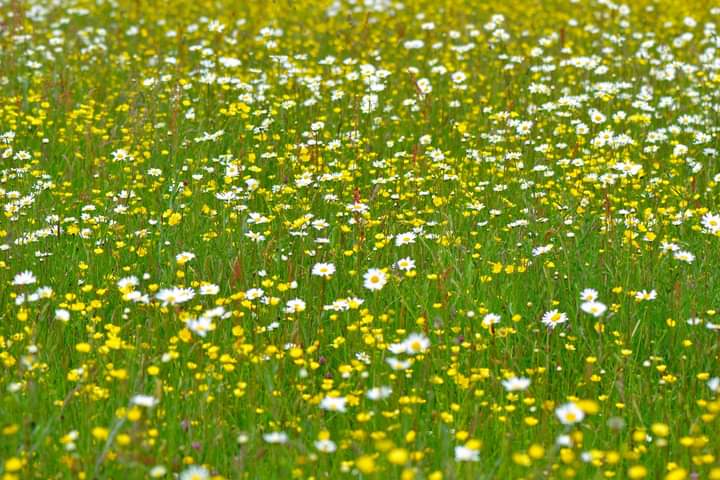As you turn off Grimstead Road and go down the track into Hazel Hill Wood, you pass our meadow on your right, part of our land. It’s at its peak in June and July, visibly and audibly full of life, and is one part of the mosaic of habitats that makes Hazel Hill Wood so rich in wildlife. Mature trees are great, young trees add more variety and open areas tend to be even more abundant with species diversity. Hay meadows are a rare and important habitat.
Between the meadow and the road is our wildlife-rich hedge – yet another different and important habitat.
We have recorded 25 species of butterfly in the meadow (out of a total of 29 species in the whole of Hazel Hill Wood). This includes Marbled White, Dingy Skipper and Brown Argus – the latter recorded by volunteer Diana in 2023, for the first time since 2001 (the only other year it has been recorded).
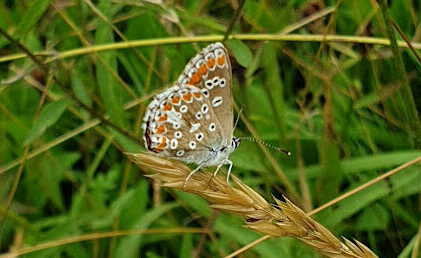
Wildflowers that thrive in the meadow include:
- Ox-eye daisy
- Meadow buttercup
- Common sorrel
- Black knapweed
- Bird’s foot trefoil
- Sneezewort
- Cuckooflower
- Common-spotted orchid
- Southern-marsh orchid (a new record for the site in 2022)
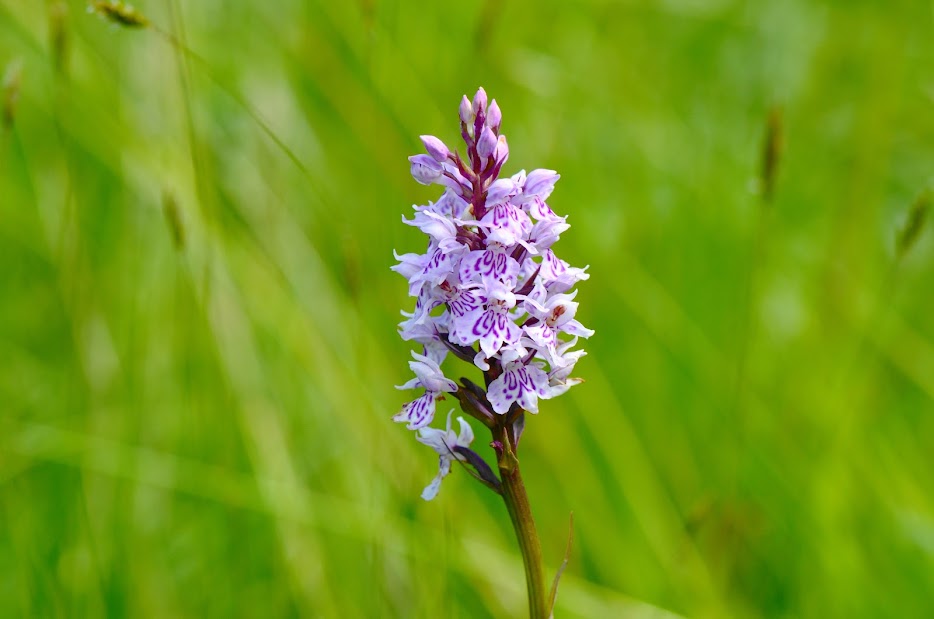
As well as wildflowers and butterflies, the meadow is great for moths, Brown hare, Swallow, Roe deer, Red-tailed bumblebee and many more species!
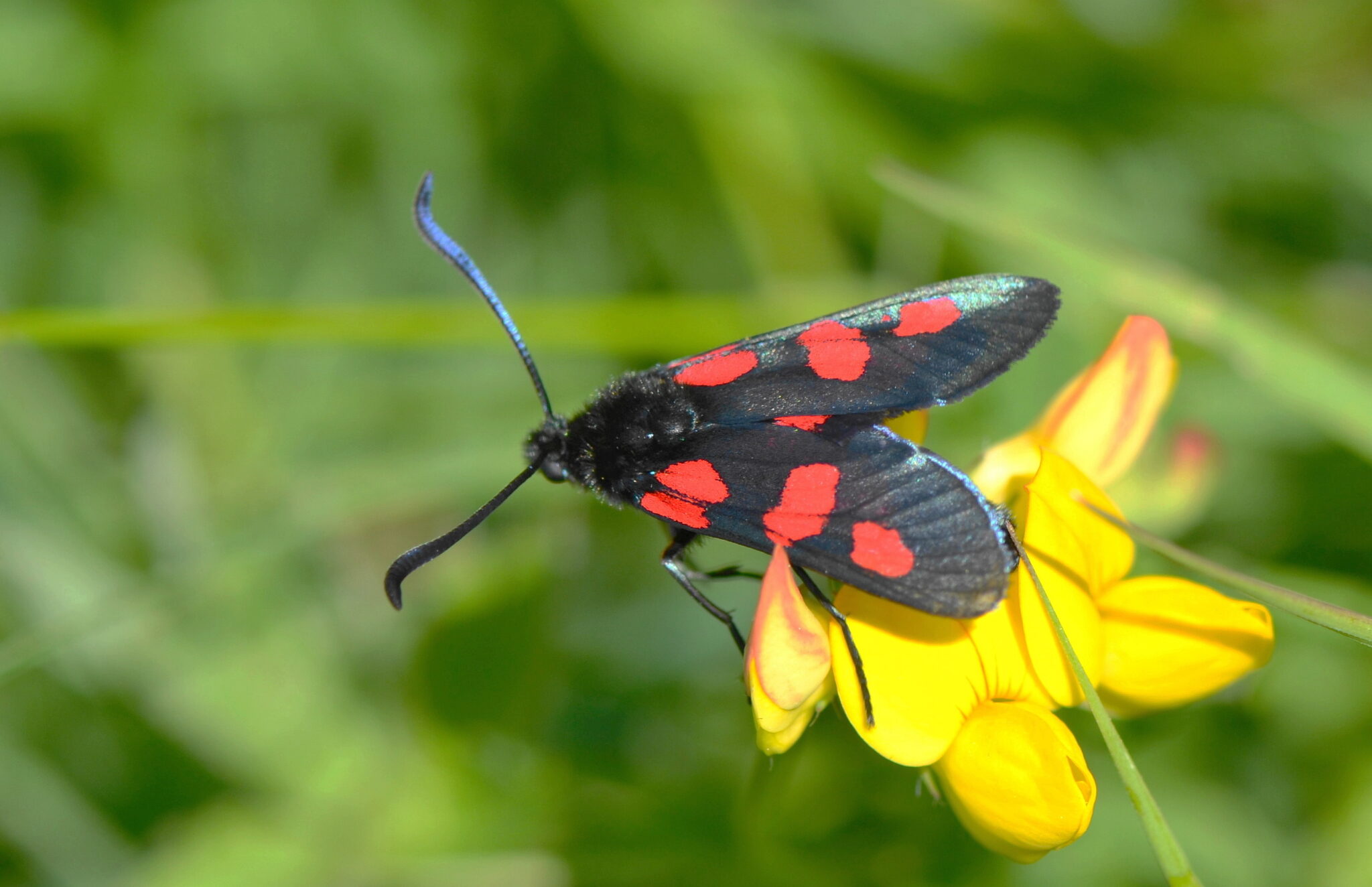
How are hay meadows maintained?
Hay meadows are semi-natural, human-made habitats, which require ongoing maintenance to keep them healthy and wildlife-rich.
- In July or August the meadow is cut for hay by local farmers Mark and Luke. The hay is used as feed for their livestock over the winter, when grass doesn’t grow much.
- From about September to March the meadow is grazed by sheep owned by local shepherd Jenny.
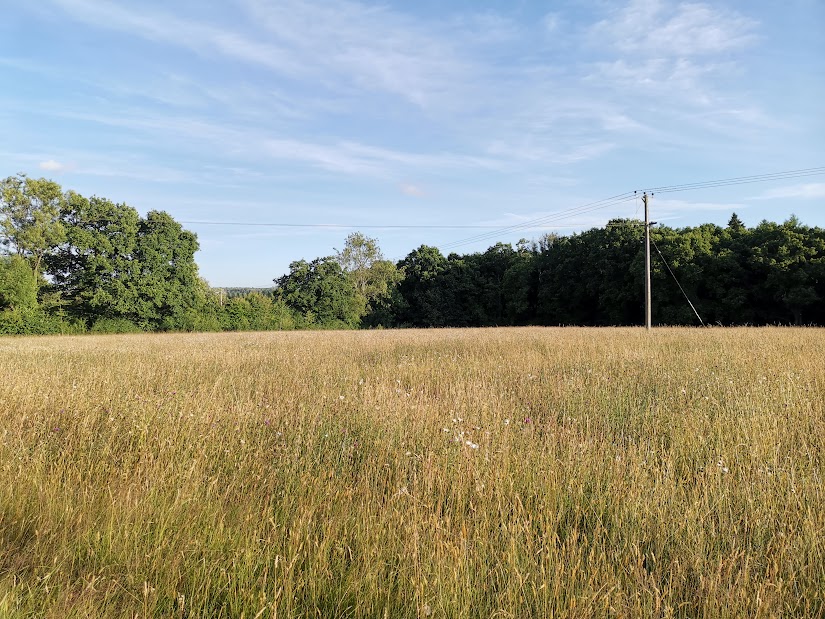
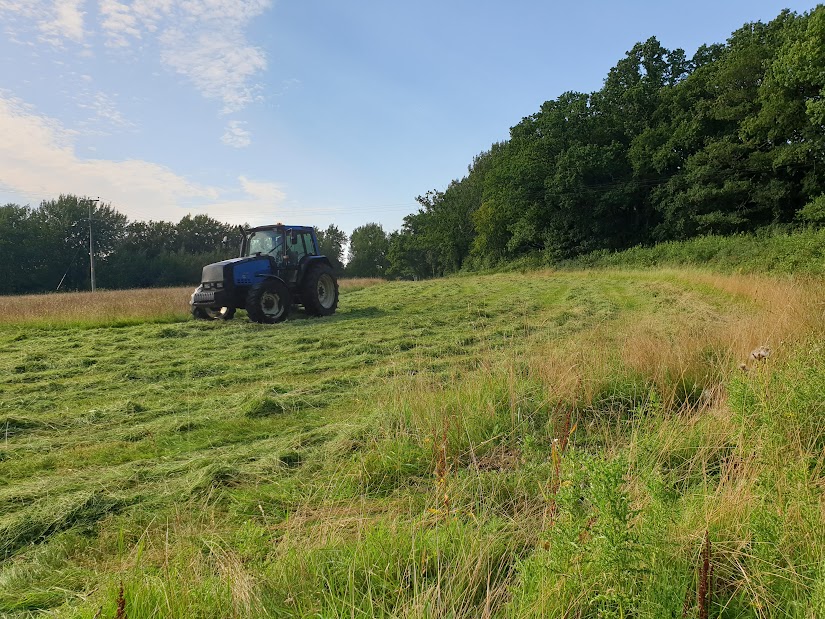
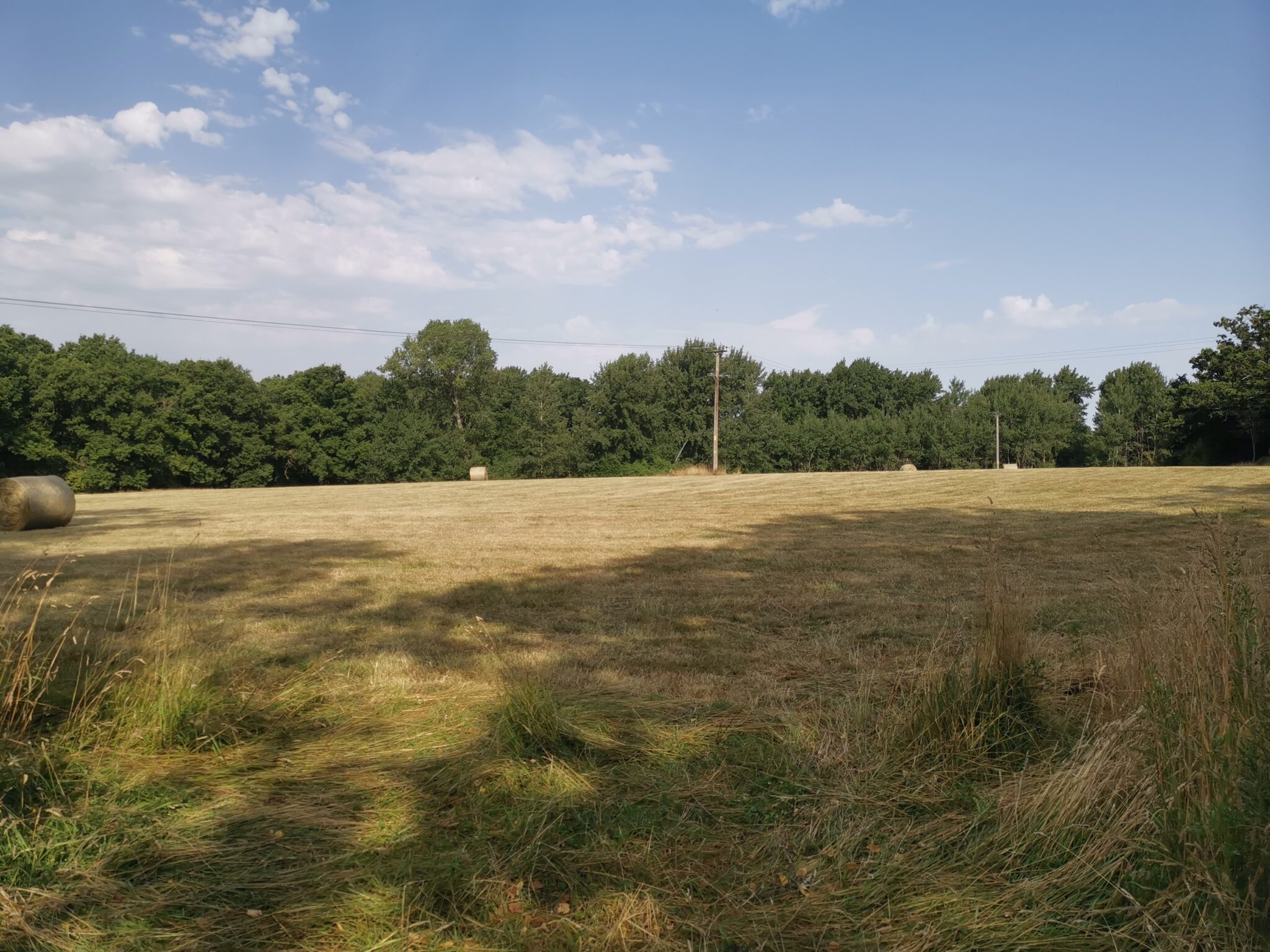
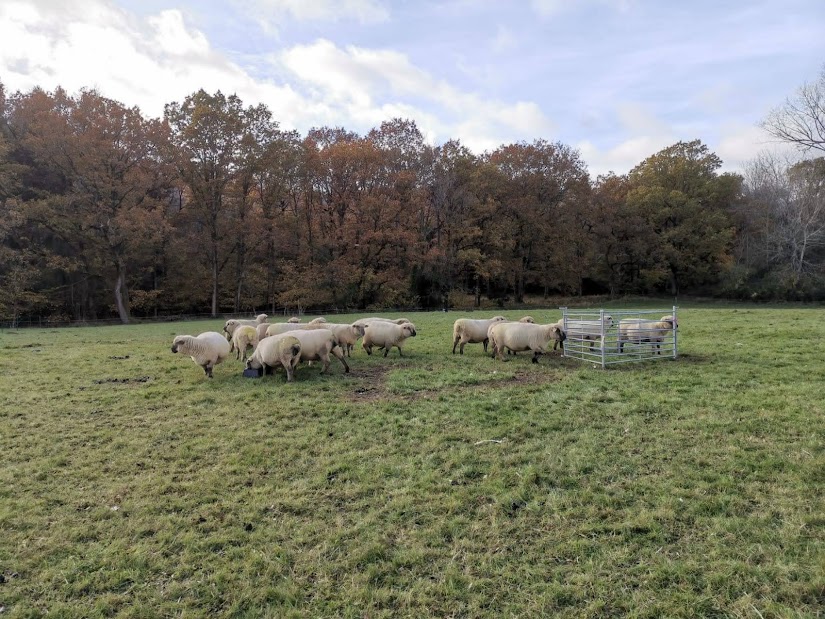
What would happen if we didn’t cut or graze the meadow?
Tree saplings would grow, succeeding to scrub and eventually trees and woodland. We love trees, but we already have plenty of woodland. The range of different habitats at Hazel Hill Wood is why we are home to so many different species.
When is it best to visit the meadow?
Meadow wildflowers are at their peak late May to July. Our annual BioBlitz event is the perfect time to learn about and explore the meadow. This is an opportunity to stay at the wood and help us record as much wildlife as we can in 24 hours – always great fun and important data collection.
Volunteer days run throughout the year, and from time to time we will carry out tasks in the meadow and surrounding hedges. Contact Charley if you’re interested in getting involved as a volunteer or coming to our next BioBlitz. charley@hazelhill.org.uk 07519 464023.


